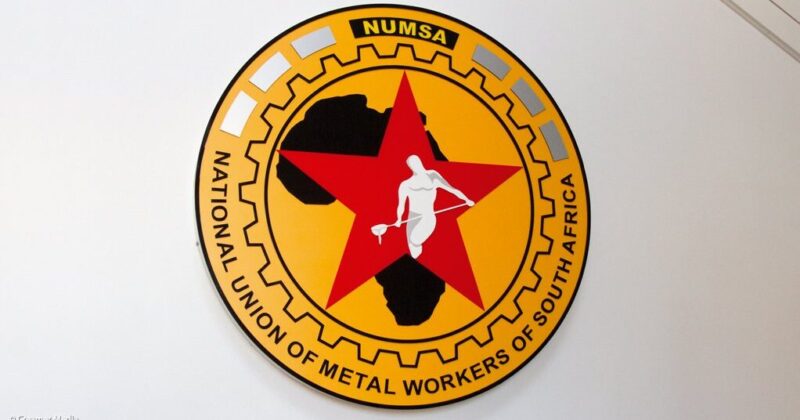

‘NEGOTIATIONS ARE about give and take … We are not cowards because we have taken a compromise,’ said the self-styled ‘socialist revolutionary’ Irvin Jim, general secretary of the National Union of Metalworkers of South Africa (Numsa).
Immediately after, he ordered 155,000 steelworkers back to work, ending their three-week strike.
This wasn’t just ‘compromise’; it was a betrayal of a courageous battle which saw one striker killed and hundreds more injured in a hail of rubber bullets and clouds of tear gas. They will return to a bosses’ dictatorship. It wasn’t about ‘give and take’ either; the Numsa executive accepted exactly the same offer – a 6% pay rise calculated on basic pay, not actual pay – that the strikers rejected a week before.
The mass strike halted steel production in South Africa from 5 to 21 October. Due to just-in-time production techniques, which minimise stock levels and rely on the constant application of labour, the strike quickly brought BMW assembly lines to a halt and the finishing of thousands of cars was delayed.
Violence marred the dispute from the first day, when a motorist deliberately ploughed his car into a group of strikers on their way to a picket line near Johannesburg, killing one of them and injuring a dozen others. But the police were responsible for most of the injuries, firing rubber bullets at the workers even as they had their backs turned.
The workers were demanding a pay rise of 8% this year, inflation plus 1% next year and inflation plus 2% the following year. Inflation is rising and currently sits at 4.9%, while the South African Reserve Bank is raising its interest rate by three-quarters of a point to 4.25%. So the employers’ initial offer of 4.4% was in fact a real-terms pay cut.
Despite their strategic importance to the economy and the arduous nature of their jobs, South African workers in steel and related industries can be paid as little as £1 an hour. They had already agreed to forego any increase in 2020, due to the coronavirus pandemic, which has hit South Africa hard.
The workers knew that productivity increases meant that the bosses could afford to pay more. As one striker put it, ‘The companies we are working in are upgrading their machinery. When will they upgrade our pay?’ Most metalworkers are the main breadwinners in their families, as one in three workers and over half of the youth are unemployed; they could not afford to compromise.
This stark fact forced the employers’ federation SEIFSA, which represents 1,000 companies, to up their offer to 6% this year and inflation plus 0.5% in 2022 and 2023 – but only on the basic rate. Even then, Jim indicated that he would settle for 6% if applied to the full wage. The bosses must have smelt a rat and threatened to impose the deal – Jim quickly cracked.
On the other hand, there was no sign that the strikers’ resolve was weakening. Mass rallies and militant picket lines of red-shirted strikers continued to brave police bullets and intimidation.
Indeed, far from running out of steam the strike was growing, as 16,000 members of the Metal and Electrical Workers Union (Mewusa) joined picket lines in the second week. At the same time Zwelinzima Vavi, leader of the South African Federation of Trade Unions, issued a 14-day notice of a two-day general strike in solidarity with the engineers and steelworkers.
But the rug was pulled from under their feet.
A new leadership
The South African working class has proved itself over the course of a decade of struggle to be one of the most militant in the world, its vanguard steeled in a number of epic struggles. However, it remains politically weak; the main union federation Cosatu is still tied to the popular front government of the neoliberal ANC; the Economic Freedom Fighters remain aloof from trade union struggles, unless called by themselves; and Vavi and Jim’s Socialist Revolutionary Workers Party was effectively stillborn.
What unites all these political trends is Stalinism, which limits struggles to a ‘democratic’ phase and blunts their anti-capitalist edge. Sectarian division helps maintain these false leaders at the top of their organisations but wastes the power of the working class as a whole.
Rank and file Numsa members must now regroup and organise to oust Irvin Jim and replace him with a class fighter both worthy of the job and directly accountable to the membership. They must take up the fight again for a workers’ party, devoid of Stalinist cult leaders and determined to overthrow capitalism, just as their mothers and fathers overthrew apartheid.